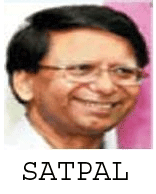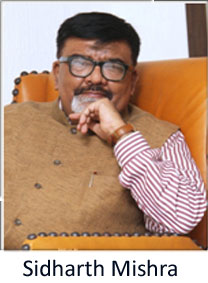The battle for Delhi is all set for January-end next year. If you needed a confirmation, it was given in Home Minister Amit Shah’s interview to News18, where he gave sufficient indications for the same. The interview also showed somewhat lack of preparedness on the part of the BJP for the crucial electoral battle for legislative assembly, which the party has to fight in the nation’s Capital.
Shah, who is ruling-BJP president too, talked at aplomb of his party’s chances in Maharashtra, Haryana and Jharkhand, the states going to the polls before Delhi and about West Bengal, the citadel which he envisages to breach in two years’ time. However, when he was asked about party’s chances in Delhi, he did not unveil a very convincing roadmap.
He first avoided a direct answer to the question if the party would go to polls in Delhi with a Chief Ministerial face, saying it could be but in the same breath added that it should not be forgotten that the party, after its debacle in 2015 assembly polls, had won the municipal polls in 2017 and also the Lok Sabha polls in 2019.



